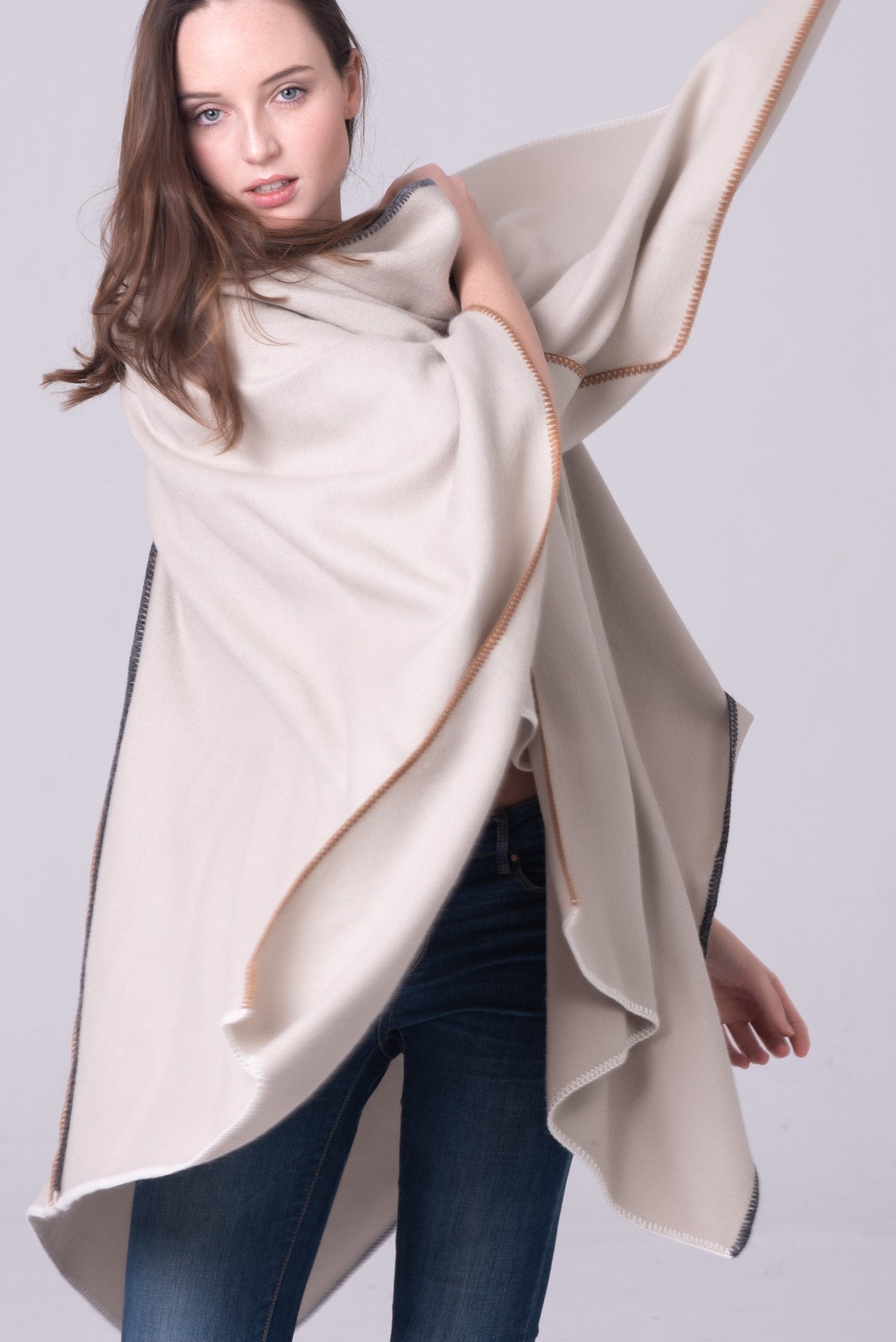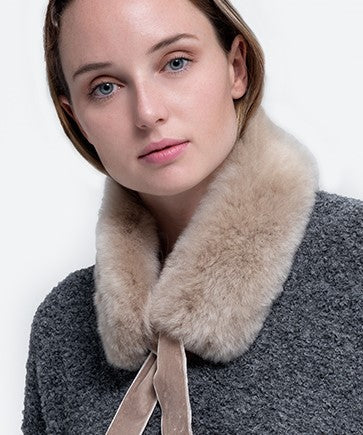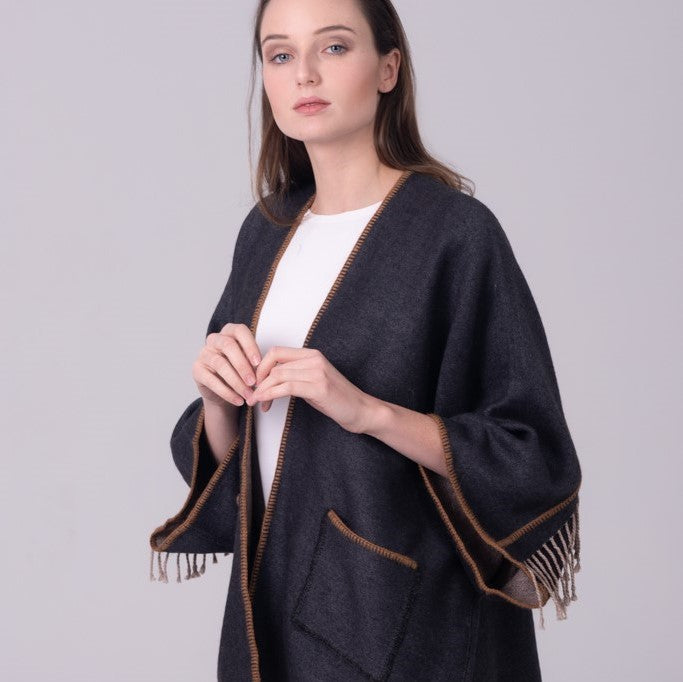Alpaca wool is the new luxury fibre sweeping the fashion scene across the world, it is soft, warm, trendy and ecological. In this post, we’ll tell you why it’s an even better material than Cashmere!
Alpaca aren’t killed for their wool
As Alpaca and Vicuña are essentially sheep and not goats, the Alpaca are sheared yearly. The thicker outer fleece from older animals is used in products such as carpets and rugs, while the very fine under-fleece is sold on and used in clothing, spun into yarns and sold on to manufacturers. The local population benefits from the sale of the wool, and the fur used only comes from Alpaca that die of natural causes.
Cashmere is more expensive
Since the explosion of Cashmere, prices have gone up and up, so for a fine Cashmere sweater, you can expect to pay between $300 – $500. For a similar garment, using wool that is comparable in thickness, an Alpaca sweater would be around 50% of the price.
As the industry grows, the finest ancient baby Alpaca wool is the softest and warmest wool imaginable, and it can still be picked up for cheaper than medium standard Cashmere.
Alpaca fur is also ecological
The cold winter of the Andes is an environment that even beat Alpacas. Some Alpaca may get ill, or die from old age, but they do not go to waste. For thousands of years, the local Quechuans have used their bodies after death from natural causes to make hats and boots from Alpaca fur.
Leaving the fleece attached to the skin, Alpaca fur can make incredibly soft and warm items to protect from the cold.
As Alpaca are similar to sheep, their wool is more economical than their carcass, so it is in the interests of the breeders not to cull them and use them for wool, only using their carcass in the case that they die naturally.
Alpaca is better for the environment
Alpaca have soft pads and not hooves, meaning the ground and topsoil does not get broken up as herds feed. This in turn means that grazing grounds maintain a better quality, the animals can graze without having to be sustained from imported animal feed, and the mountains they live in maintain their natural beauty.
Alpaca wool is simply warmer
There is Cashmere and there is Cashmere. Depending on the wool used, Cashmere can vary greatly in quality from the thicker outside fibres which are used in cheaper items such as rugs. But the fine 14 micron wool costs a lot of money and takes a long time to process. In comparison, Baby Alpaca wool or Vicuña is also 14 microns or less in thickness, meaning a warmer, more comfortable item can be produced in a fraction of the time and at a much better price.
Scientifically it’s a better fibre
Over generations, the ancient herds of Peru have been selected for their finer fleeces. These fleeces, measured with an Optical Fibre Diameter Analyser can be as low as 13 microns in diameter, and being a sheep’s wool rather than a goat, its structure is lighter and more flexible, meaning a softer finished product that is like a cloud to the touch.
Alpacas are free-range
Alpacas live high in the Andes mountains and are cared for by local herdsmen. They graze in herds and are not kept in pens. The local habitat is a tough environment which is why their wool is so soft, in winter temperatures drop to as low as -20ºC (-4ºF) and the wool the Alpacas produce has sustained both themselves and the Quechuan communities for centuries. They live in a bond with the local families, and this relationship holds strong ties and also that the Alpaca are cared for well.
Companies work directly with local breeders
The Cashmere industry grew massively in the late 2000s, meaning a gold rush from companies that would act as intermediaries between local breeders and fashion houses. The situation was not good for the herdsman and a lot of money was lost.
The same thing is happening now in Peru as Alpaca wool becomes more and more popular, but knowing what happened before, companies prefer to communicate directly with breeders in Peru meaning greater profit for the breeders. Projects from Australia and the USA are training the locals in English to help them sell their products directly.
Peru needs your help
The Quechuan people of the Andes have an industry that can support them. And this is a great opportunity for them to build a sustainable future for their families. Investment in the industry only helps to support the Alpaca and provide the local people with the support they need.
It makes the perfect gift
If you want to get the perfect gift for your loved ones, an Alpaca scarf will keep them toasty and warm this wintertime. For birthdays, weddings and christenings, there is nothing quite like the soft touch of an Alpaca wool gift to let someone know that you care for them, and even better; it’s a great way to help the rural people of Peru and sustain their environment. If you want to take a look at some of our best Alpaca clothing, take a look right here.










1 comentario
Preservar y conservar lo q nos dejaron nuestro antepasados incas y preincas con el apoyo y asesoramiento del estado